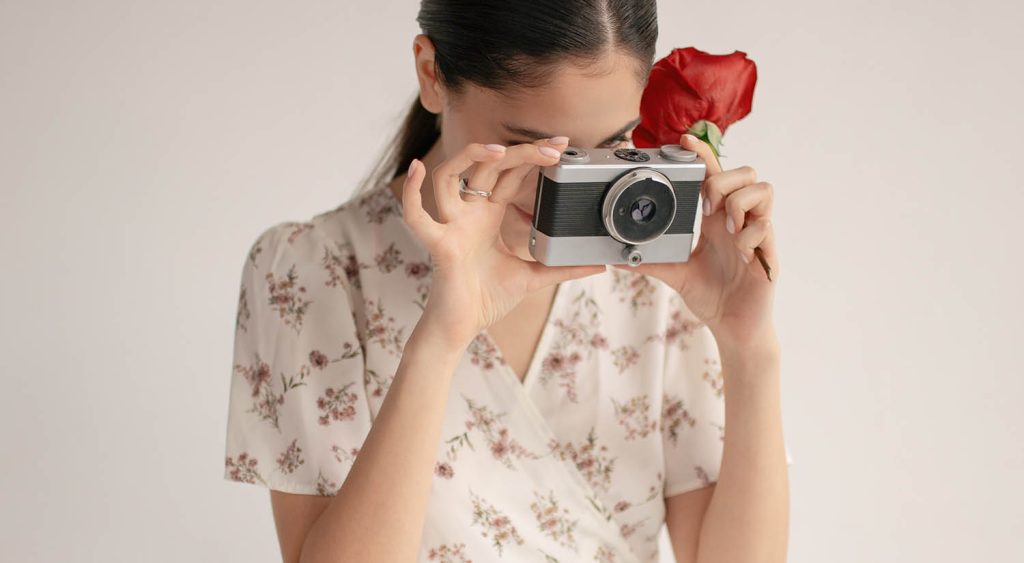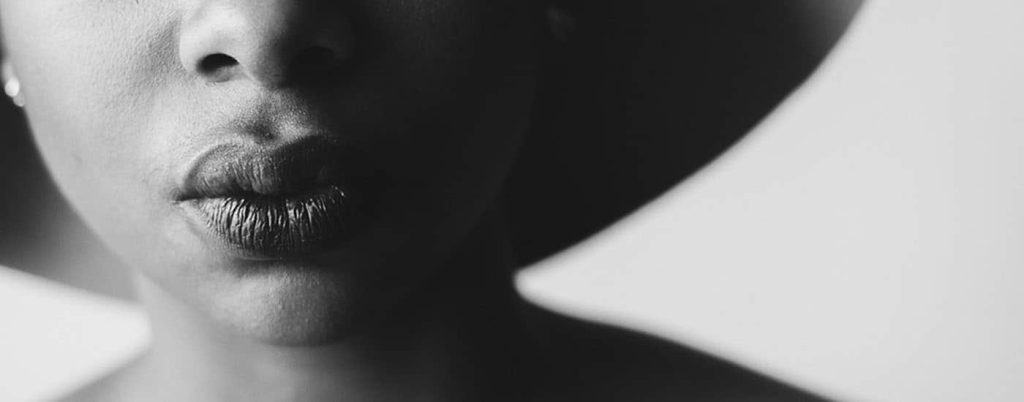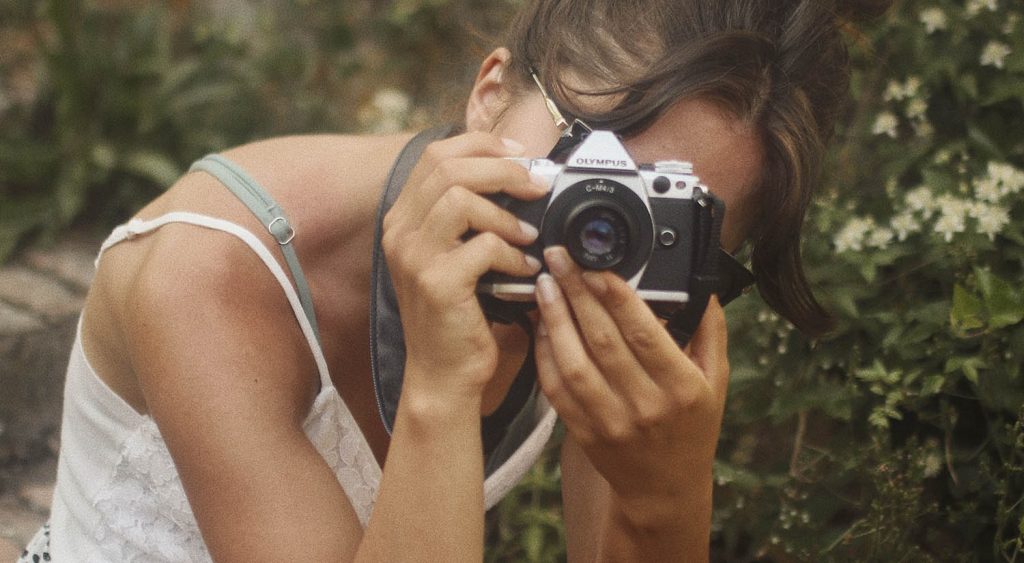
The history of women in photography: meet some of the leading ladies of the lens who’ve left an indelible mark on their medium.
It’s a fact: the world of photography that we know today would not be a reality without the contributions of several remarkable female photographers. Here we shed light on the lives, legacies, and work of some of photography’s leading ladies. Hashtag, girl power!
Julia Margaret Cameron (1815-1879)
The first lady on our list is widely regarded as one of the greatest portraitists of the 19th century and was an early champion of artistic photography. Julia Margaret Cameron came to her craft at age 48 upon receiving a camera as a gift from one of her six children. The present was meant to serve as a form of entertainment, but, discovering a passion for picture-taking, she threw herself into her art. She transformed a chicken coop into a studio and began making portraits.
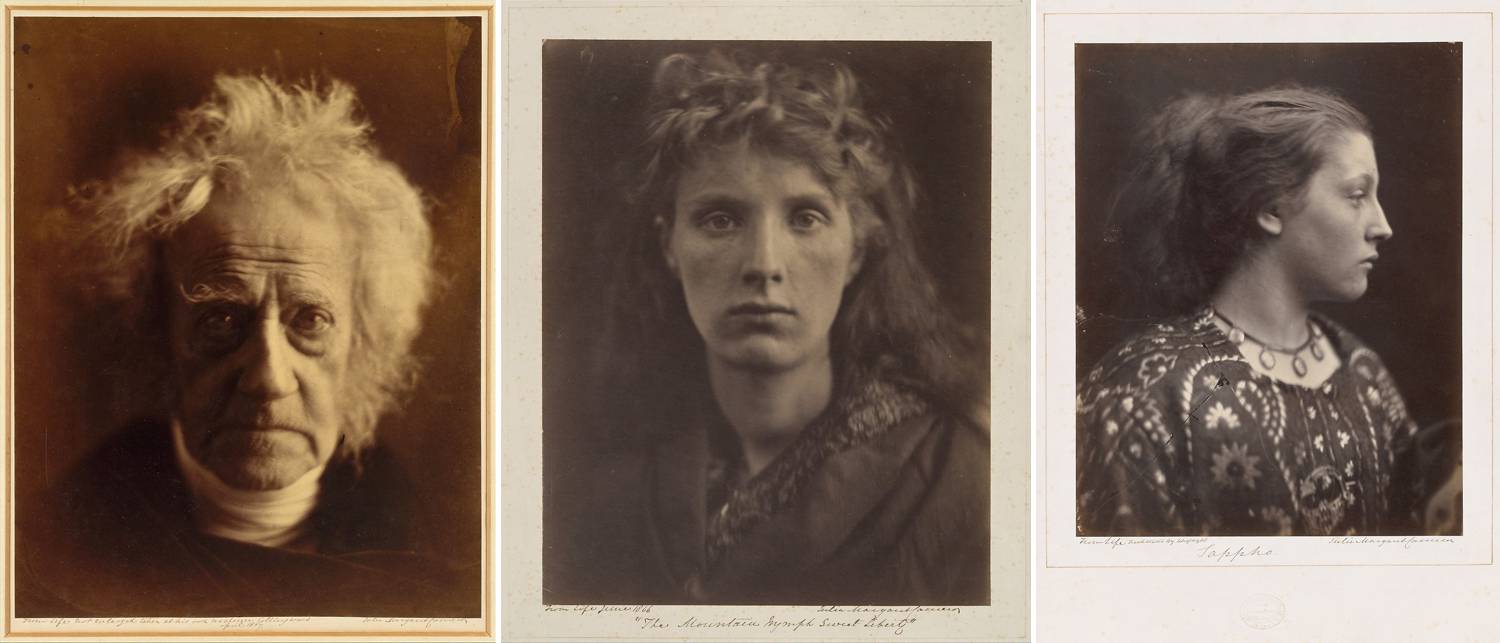
Julia Margaret Cameron
Rebel with a cause
Julia mostly photographed young women and children in her signature soft-focus, illustrative style. She also produced striking portraits of famous men such as Alfred Lord Tennyson and Charles Darwin. In Julia’s time, sharp, photo-realistic images were favored by her contemporaries. But she was a true rebel with a cause, and sought to elevate the spiritual and romantic essence of her art form instead of aiming for technical perfection.
Julia said, “…when focusing and coming to something which, to my eye, was very beautiful, I stopped there instead of screwing on the lens to the more definite focus which all other photographers insist upon.”
And we’re so glad she did. Here’s to Julia’s grit, tenacity, and dedication to go against the grain and create her heart’s work which inspires us to do the same.
Dorothea Lange (1895-1965)
If our aforementioned artist teaches us the value of photography as art, this next photographer reminds us that by documenting our world, we have the power to influence it for the better.
American photographer Dorothea Lange began her career as a portrait photographer of the San Francisco elite but shortly after turned to documentary photography upon the onset of the Great Depression.
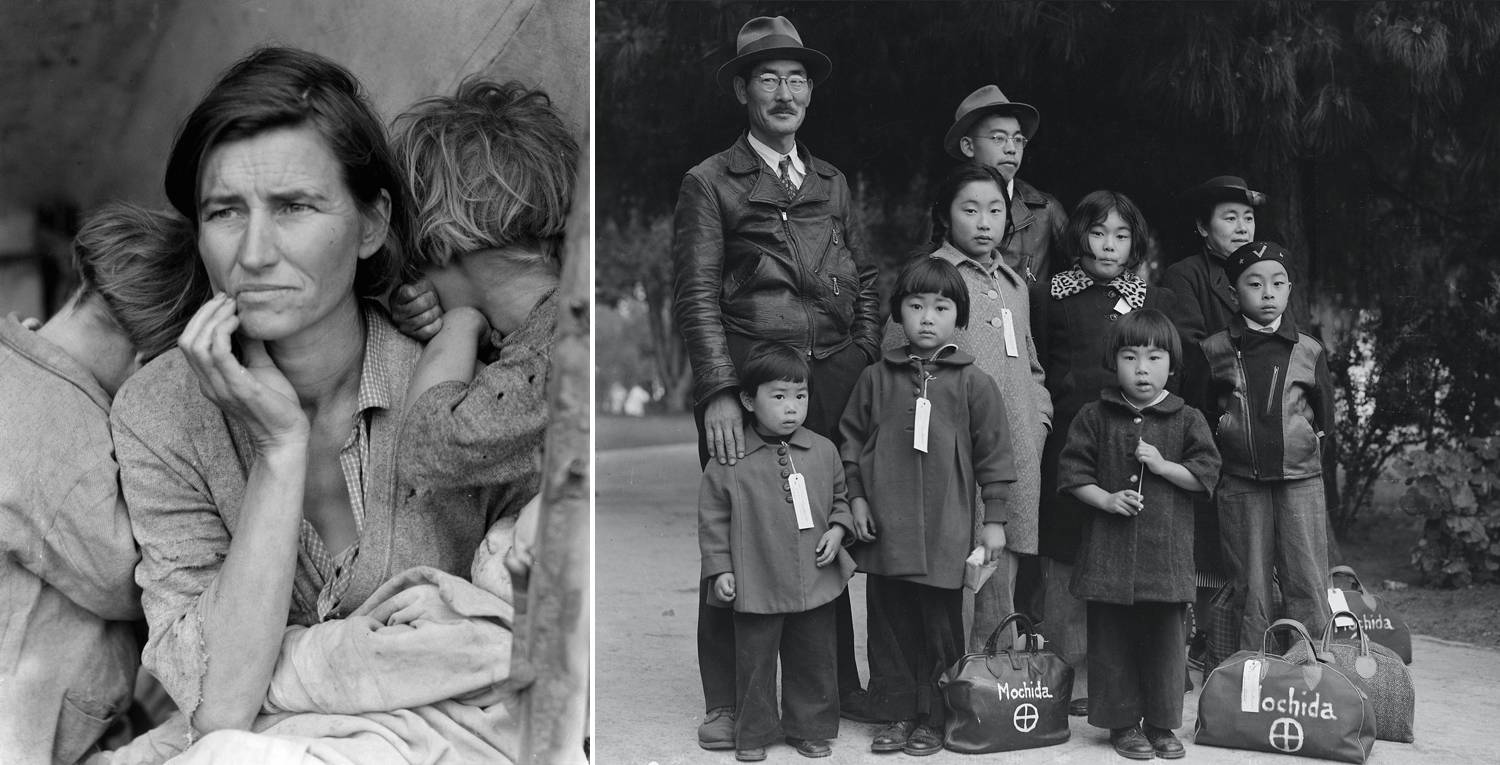
Dorothea Lange
The original social justice storyteller
On assignment for the Farm Security Administration, she traveled across the US producing character studies of poverty-stricken people and captured the essence of one of the cruelest periods of American history. It was during this time that Dorothea took what is widely considered to be her most iconic photograph, “Migrant Mother, Nipomo, California”, an image that today serves as a symbol of the American economic plight in the 1930s.
Dorothea’s dedication to social justice and her belief in the power of photography served as a driving force throughout her life, and she urged other photographers to embrace the same outlook arguing that “to be good, photographs have to be full of the world.”
Lange’s work is “full of the world”, indeed, and through her legacy, she empowers us to create our own.
Lee Miller (1907-1977)
Lee Miller’s is a name you’ve likely heard in association with renowned surrealist painter Man Ray’s (the two were famously lovers), but this fashion model-turned-photographer boasts a brilliant career all of her own. Her beauty led to her being discovered by publishing magnate Conde Nast, and while she enjoyed a successful stint before the lens in the late 1920s, she ultimately left modeling behind to become a photojournalist for Vogue.
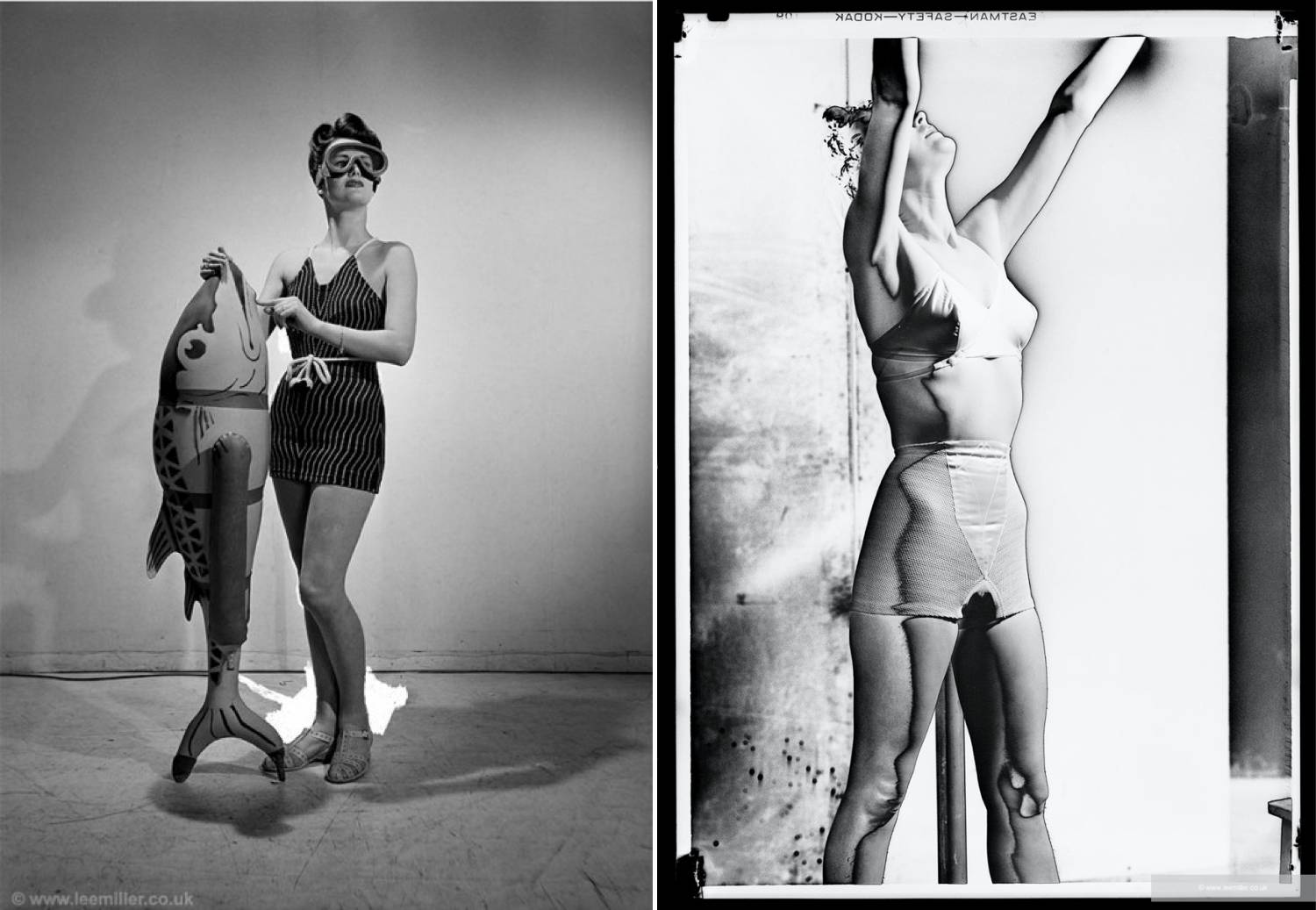
Lee Miller
Model-turned-maker
Lee’s and Man Ray’s relationship came as a result of her seeking him out to teach her photography; the pair lived together in Paris for four years. During that time, they collaborated on several projects and developed the photographic process of solarisation; an effect that would become a hallmark of Man Ray’s work.
Lee eventually split with her eccentric lover and went on to document significant war events such as the liberation of Paris, the London blitz, and the Buchenwald and Dachau concentration camps.
Ironically, Lee’s most well-known photograph from the war was not taken by her, but of her by Life photographer David E. Scherman, her companion at the time. The image is of a disrobed Ms. Miller in Adolf Hitler’s bathtub inside of his Munich apartment. Years later, she recounted the story of how she “washed the dirt of Dachau off in his tub.” If that photographic feat doesn’t speak to Miller’s fiery and unapologetic spirit, we don’t know what does.
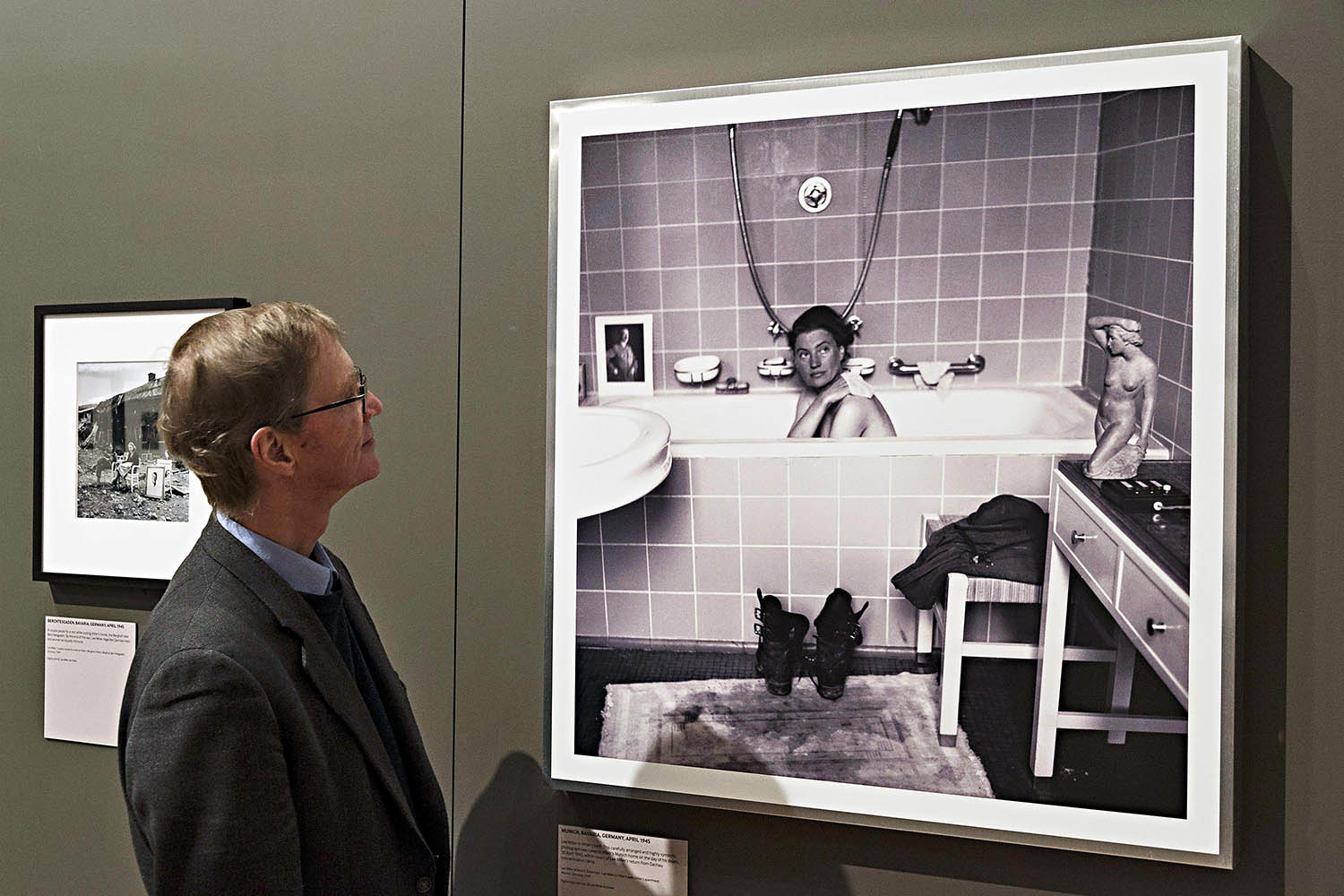
Framed print by David E. Scherman
Sally Mann (1951-current)
Strong-willed women with an unyielding devotion to their work are quite the protagonists in the history of photography, and Sally Mann is no exception. With an eye for uncanny beauty and a vision for exploring themes of family, innocence, nature, and the passage of time, she is highly revered for her sublime and intimate black and white photographs.
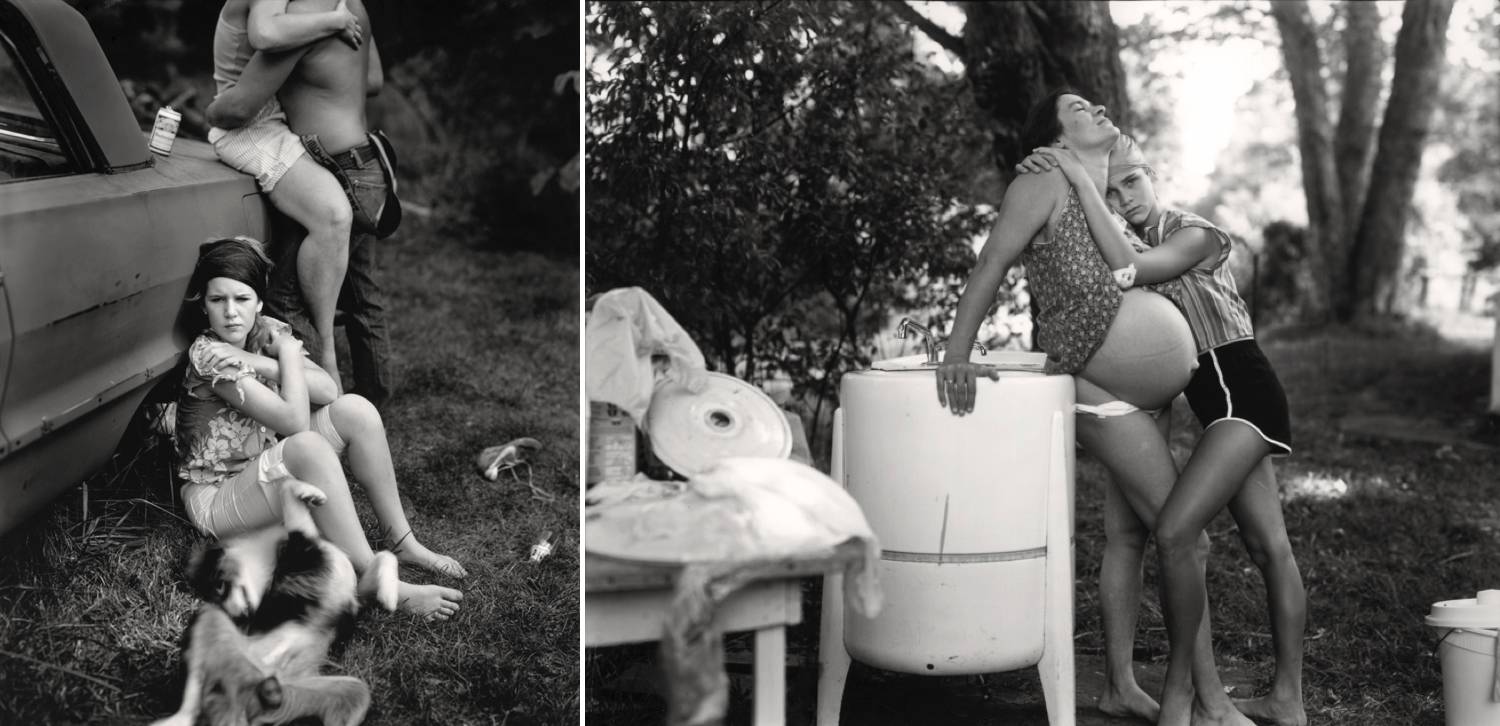
Sally Mann
A controversial creative
While Sally’s late 20th century photographs of Southern landscapes garnered her initial success, it is her most controversial series of images entitled Immediate Family that secured her place on the timeline of history as an American photography legend. The duotone project features intimate and often bare-skinned portraits of Mann’s three children: Virginia, Jessie, and Emmett.
The series was met with harsh criticism upon its publication in 1992. However, the argument that her images were exploitative and inappropriate never phased Sally, a committed mother who believed her photographs to reflect the “astonishment and gratitude” of motherhood.
Almost thirty years after the series’ original release, when asked if she would do it all over again, Sally Mann boldly proclaimed, “Yes, and yes, resoundingly, absolutely.”
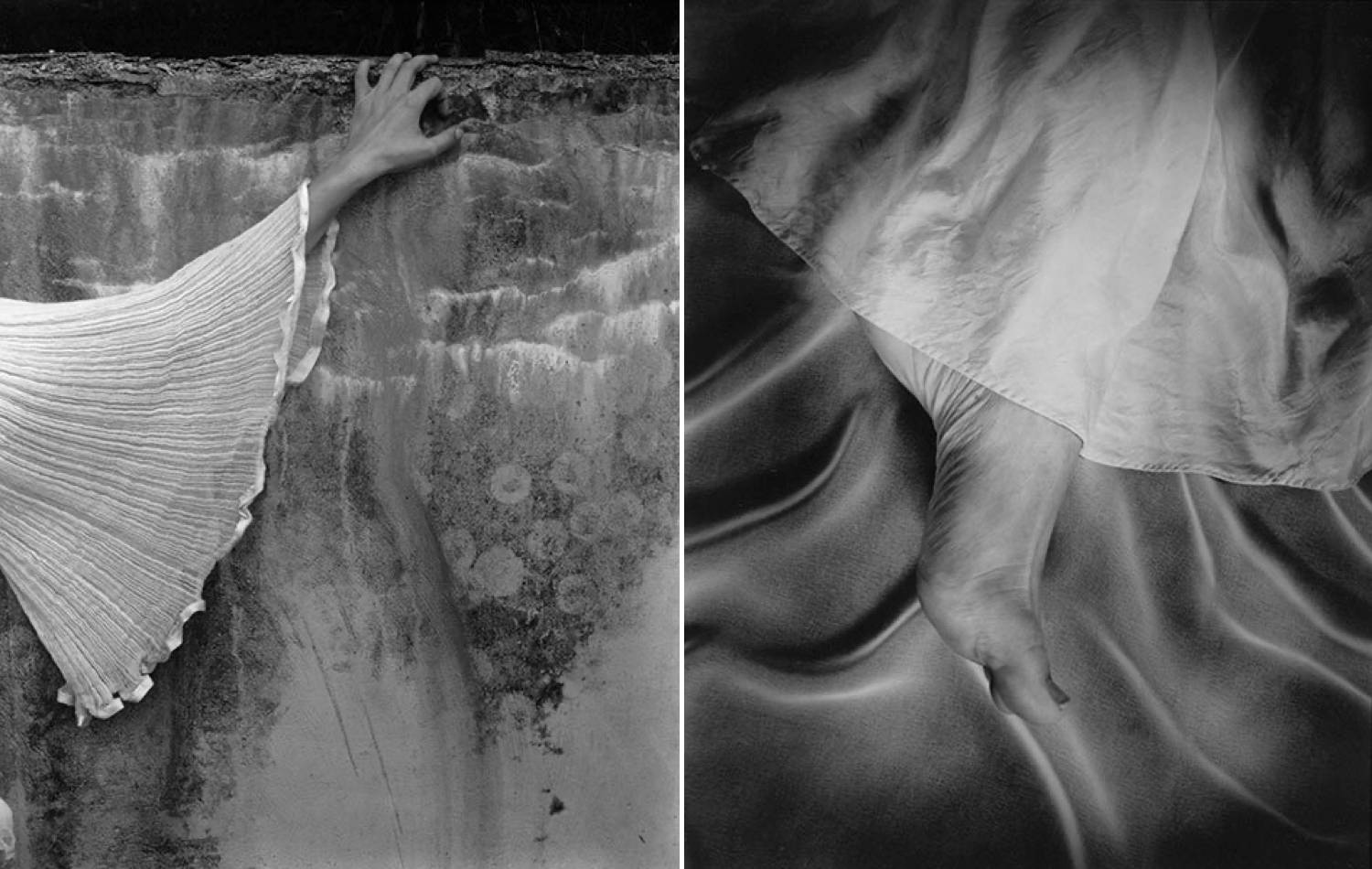
Sally Mann
We’re lucky to have this legend still among us. To discover more regarding Mann’s life and work, consider reading her book Hold Still: A Memoir with Photographs and learn from her own words.
Annie Leibovitz (1949-current)
Our final mention is not only labeled an icon in the field of photography but more specifically deemed a dynamic pioneer within the medium. Today, as one of the United States’ finest portrait photographers, Annie Leibovitz’s career is defined by the stunning portraits she has captured of the world’s most famous figures and the endless magazine covers she continues to create.
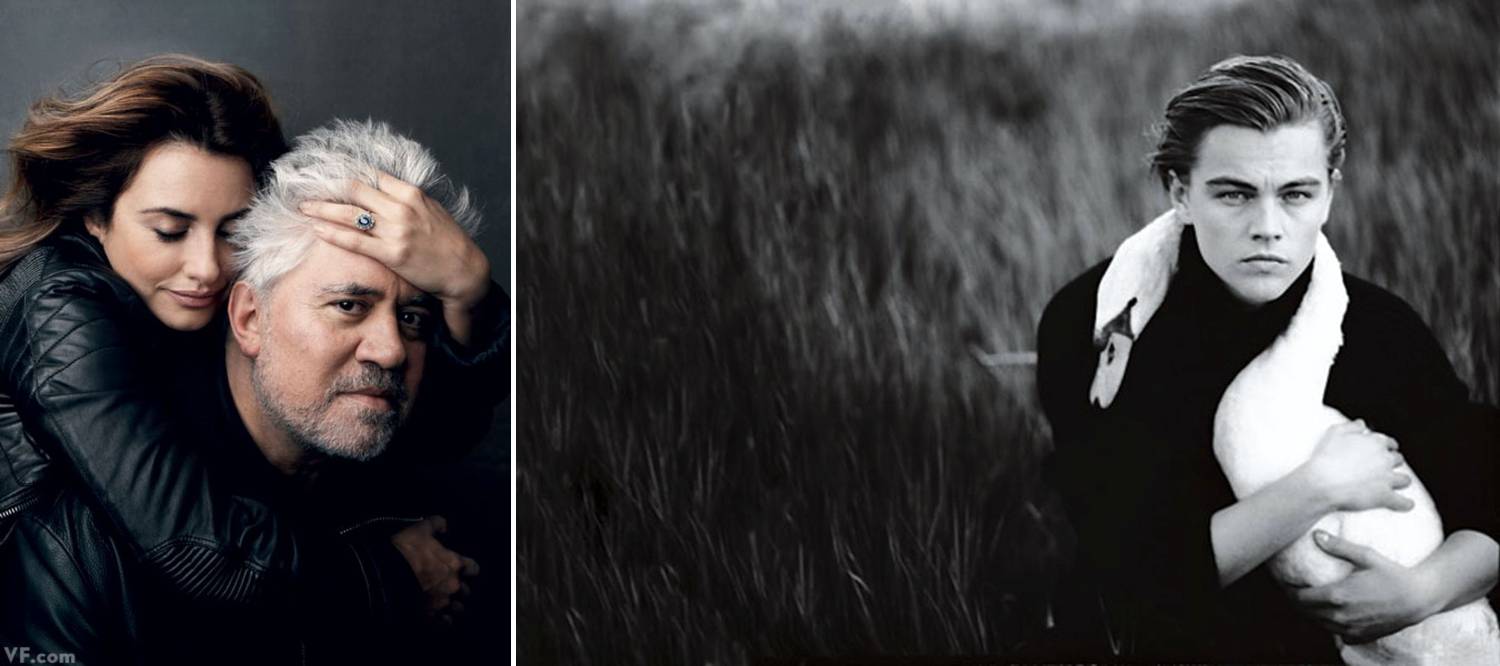
Annie Leibovitz
Celebrities uncensored
Annie’s photography career began in 1970 at Rolling Stone where she quickly moved up the ranks from staff photographer to chief photographer—a title she would hold for the next decade as she photographed celebrities and world leaders. Leibovitz’s use of primary colors and unexpected poses became hallmarks of the covers she produced, and many consider her work a key element that made Rolling Stone magazines collector’s items.
Among the most famous of Annie’s covers is the issue that featured an unclad Beatles legend, John Lennon, wrapped about his fully clothed wife, Yoko Ono. The image garnered fame beyond its visual qualities and is also incredibly significant due to the fact that John Lennon was murdered five hours after it was taken.
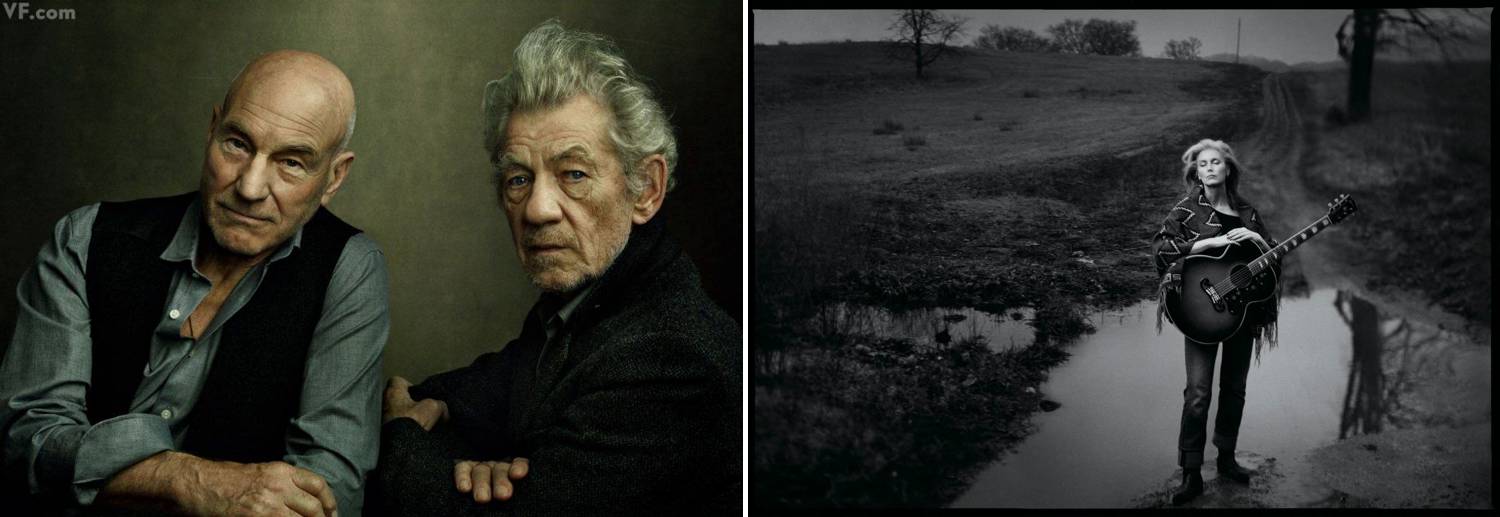
Annie Leibovitz
To call the 50+ years of photographs that Ms. Leibovitz has created “impressive” is a hefty understatement. To aspiring artists who dream of building a legacy like hers, Annie has the following to say: “Stay close to what inspires you and photograph only what you’re passionate about. That’s the secret.”
Noted, Annie. Duly noted.
You’re next, girl!
We hope the stories of these exceptional women photographers have empowered, encouraged, and inspired you. Now, go out there and shoot for your dreams, girl. One day your name can be on this list, too!
Written by LAUREN ALEXIS RODRIGUEZ | Cover photo by ELIA PELLE


